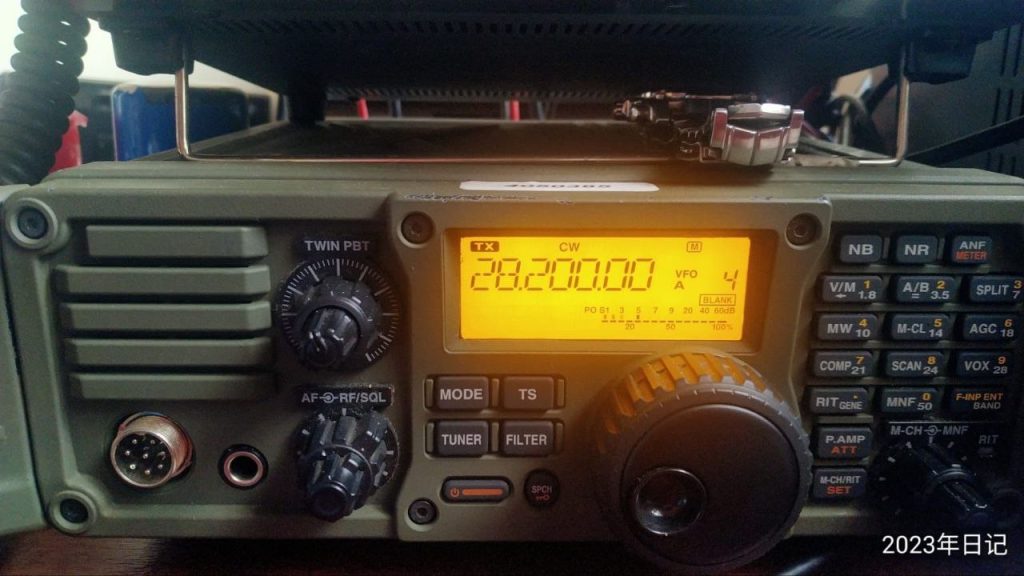Net Control Procedures

Ham radio nets rely on a set of procedures to keep communication flowing smoothly and efficiently. These procedures, overseen by the net control (NCS), ensure everyone gets a chance to speak, messages are delivered accurately, and the frequency remains clear for all participants. Here are some common net control procedures:
- Check-in: Stations wishing to join the net announce their call sign and location to the NCS. This helps track participants and assess signal strength.
- Traffic Handling: Messages (“traffic”) are relayed through the NCS, who ensures they reach the intended recipient or are forwarded to the appropriate channels. Think of the NCS as the radio postman!
- Silent Key: When a station is no longer active, they announce “going silent” to inform the NCS and avoid confusion.
- Break: If a station needs to interrupt the flow for an urgent message, they call “break” and wait for the NCS’s acknowledgment.
- Over: When a station finishes speaking, they end with “over” to signal the NCS that they’re ready for the next transmission.
- Roger: The NCS acknowledges a transmission with “roger” to confirm receipt and understanding.
- Out: When leaving the net, a station announces “out” to the NCS.
- Procedural Reminders: The NCS periodically reminds participants of proper etiquette and procedures to maintain order.
- Closing: The NCS formally ends the net by thanking participants and announcing the next session’s details.